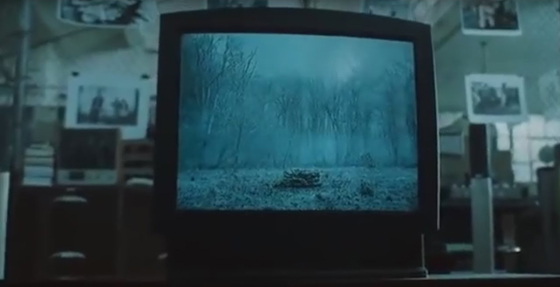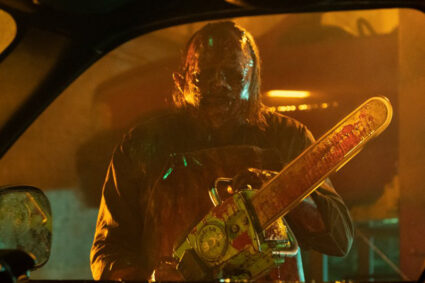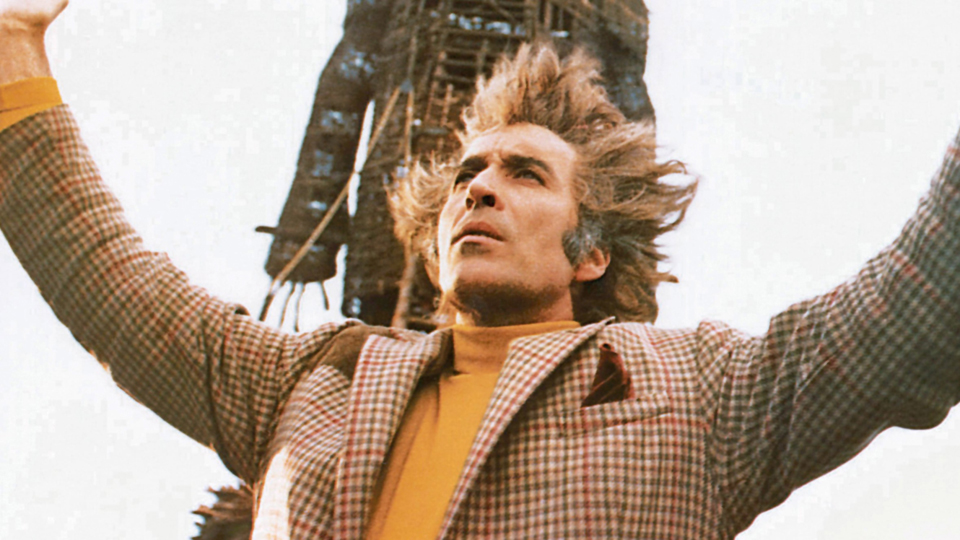
Horror fans are a ravenous breed, and their numbers are swelling. 2017 was a record setting year for the genre, scoring a collective box office yield of well over $700 million. But what makes a horror villain iconic? For some it’s the actor, such as Tim Curry’s endlessly frightening portrayal of Pennywise the Clown in 1990’s classic, It. For others, it’s the genius monster maker behind the scenes, like H.R. Giger and his xenomorphs. What nearly all effective horror villains have in common is their presence, and how readily the audience can bridge the fantasy on screen with real world horror.
Other Worldly Evil
Supernatural characters often have a basis in reality, and that includes vampires. Count Dracula is said to be based largely on Vlad The Impaler, a real-life monster who massacred thousands. As a character, Dracula has remained an enduring horror figure for well over a century because of his presence, both in the books and on screen. His sensuous yet aloof nature is intriguing and has spawned countless film adaptations (along with the entire modern concept of the vampire) despite the real-life Dracula being decidedly less sexy.
While Dracula’s presence makes his character, a lack of presence can be just as effective. The Predator terrifies due to his powerful build, and also because he’s able to vanish and reappear at will. His incredible strength and hunting prowess are heightened by his ability to remain unseen, making him a nearly unstoppable force. This sparks a primal fear in humans, as it reminds people that perhaps they’re not as high on the food chain as they would like to think.
Stranger Than (Complete) Fiction
But a horror villain doesn’t need to be jacked or an alien to incite terror. Norman Bates appears to be an average, albeit strange, man right up until he wields a knife while wearing his dead mother’s dress. Annie Wilkes from Misery achieves a similar feat by appearing to be a good Samaritan before revealing her malicious intentions. Characters like these are effective because their brand of evil is far more realistic than an undead demon or a murderous alien. Audiences look at a seemingly mild-mannered yet disturbed villain and invariably see someone in their own life who just might fit that description — someone who may be willing to offer them a hand or service when they’re at their most vulnerable, just like in the movies.
The Right Tool
In much the same way that realism in a character can create dread, real-world equipment can bring the horror home. Samara, the evil child from The Ring, is an effective horror villain because of her ability to possess something that nearly everyone has in their own home: a television. The Ring (along with its Japanese predecessor, Ringu) still terrifies due to the ubiquity of the television. Similarly, most have heard the rip-tear of a chainsaw as it cuts through wood with ease. Seeing Leatherface rev up his weapon and bolt after a gaggle of terrified teens forever changes how a person perceives the chainsaw, transforming it from a tool to an implement of torture and fear.
Regardless of how unnatural a horror villain may seem, they all have some basis in reality. Whether it’s a real-life killer or a weapon found in the average home, it is grounding in the real world that keeps audiences scared and coming back for more.















